News and Events for Researchers
International Society of Root Research 12th International Symposium - 12 ISRR 2024
WELCOME! We are looking forward to welcome the global root research community for ISRR 12 in Leipzig, Germany. The meeting will foster the exchange and provide a platform for discussion of new discoveries and developments and will be held in...
read more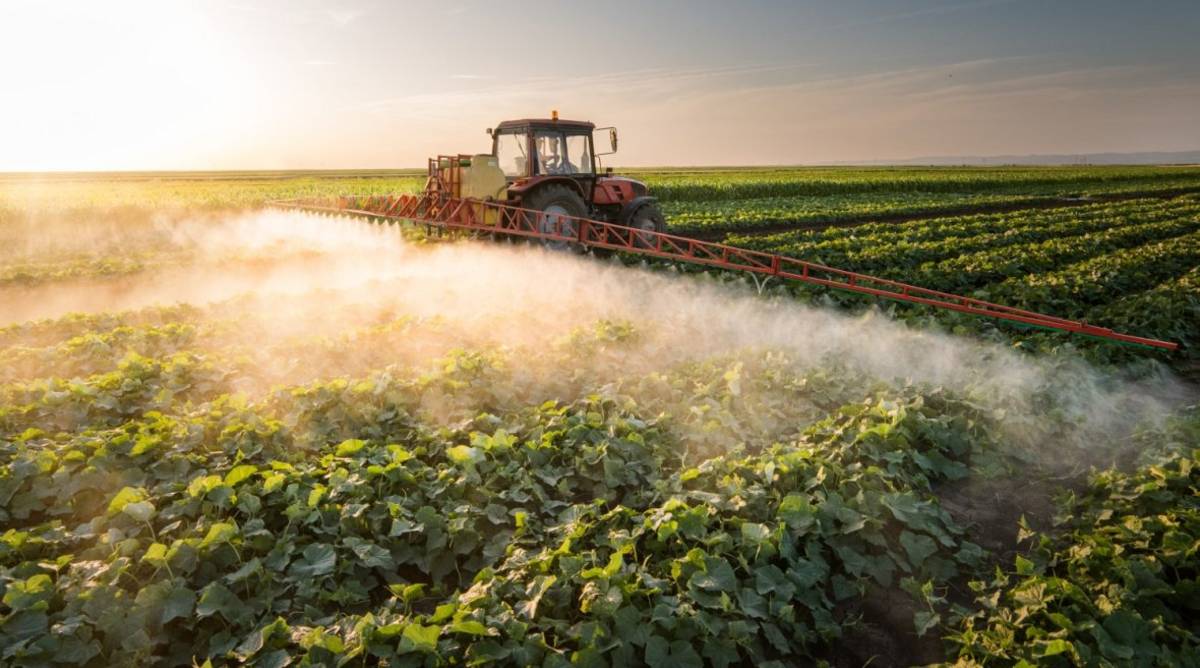
Cut pesticide use, but how?
The use of pesticides is heavily debated. On paper, it's possible to significantly reduce pesticide usage through clever interventions, but reality proves to be more challenging. Successful green innovation requires knowledge of plant cultivation,...
read more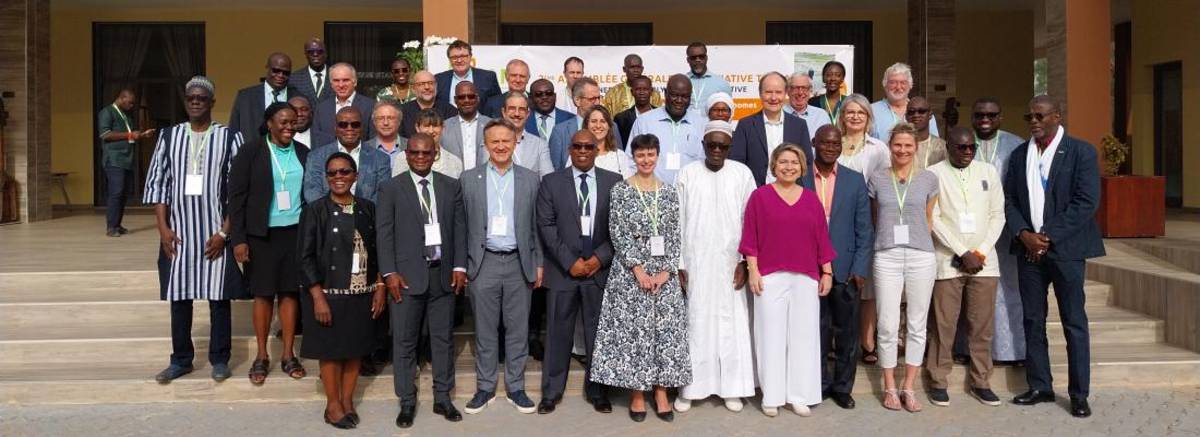
The TSARA initiative confirms its commitment to transforming agrifood systems through research and innovation in partnership with Africa
Launched in March 2022, the TSARA Initiative - Transforming Food Systems and Agriculture through Research in Partnership with Africa – including 22 members from African and French institutions across 14 different countries, held its second general...
read more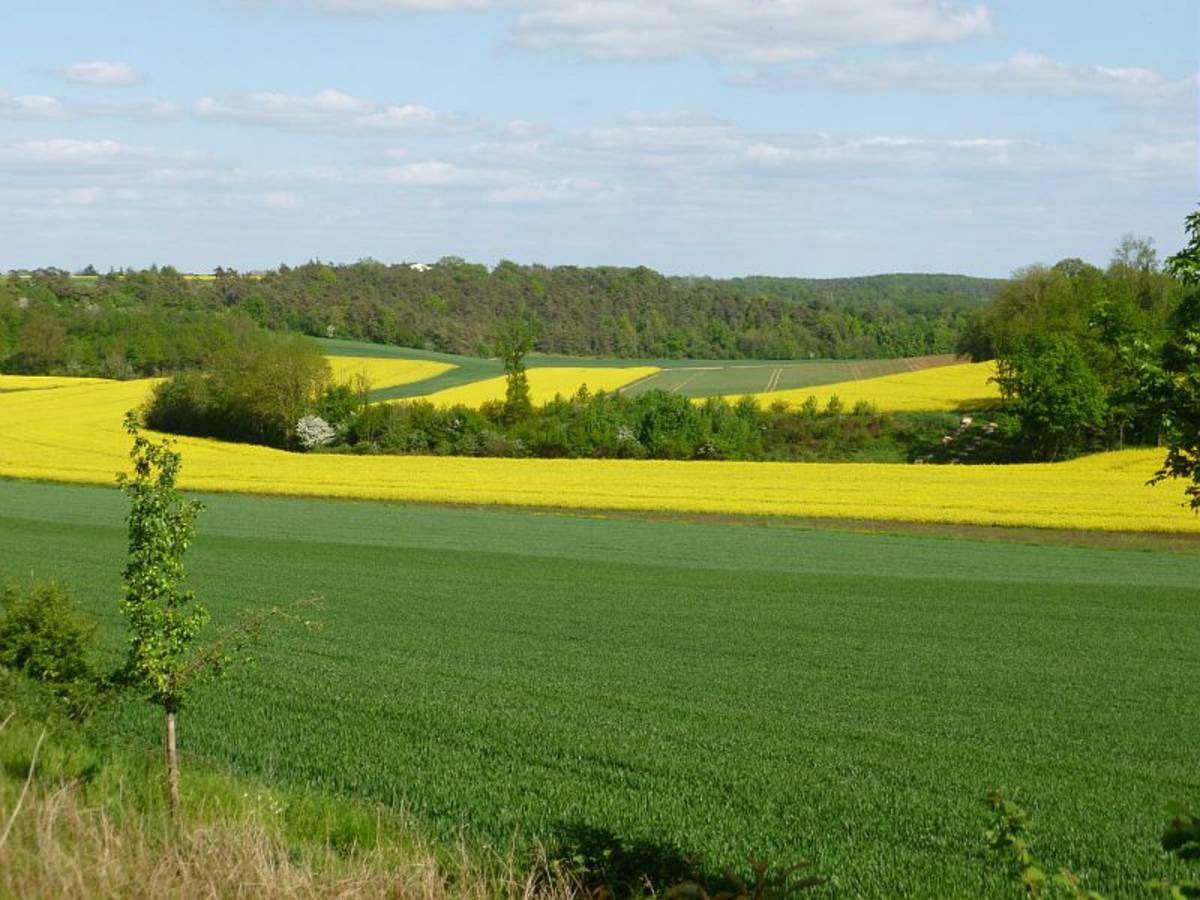
Impacts of the European Green Deal on the agrifood sector
Researchers at INRAE analysed the market and non-market impacts of the European Green Deal on the European agrifood system. Substantial positive impacts on the climate, the environment and public health require simultaneous action on agricultural...
read more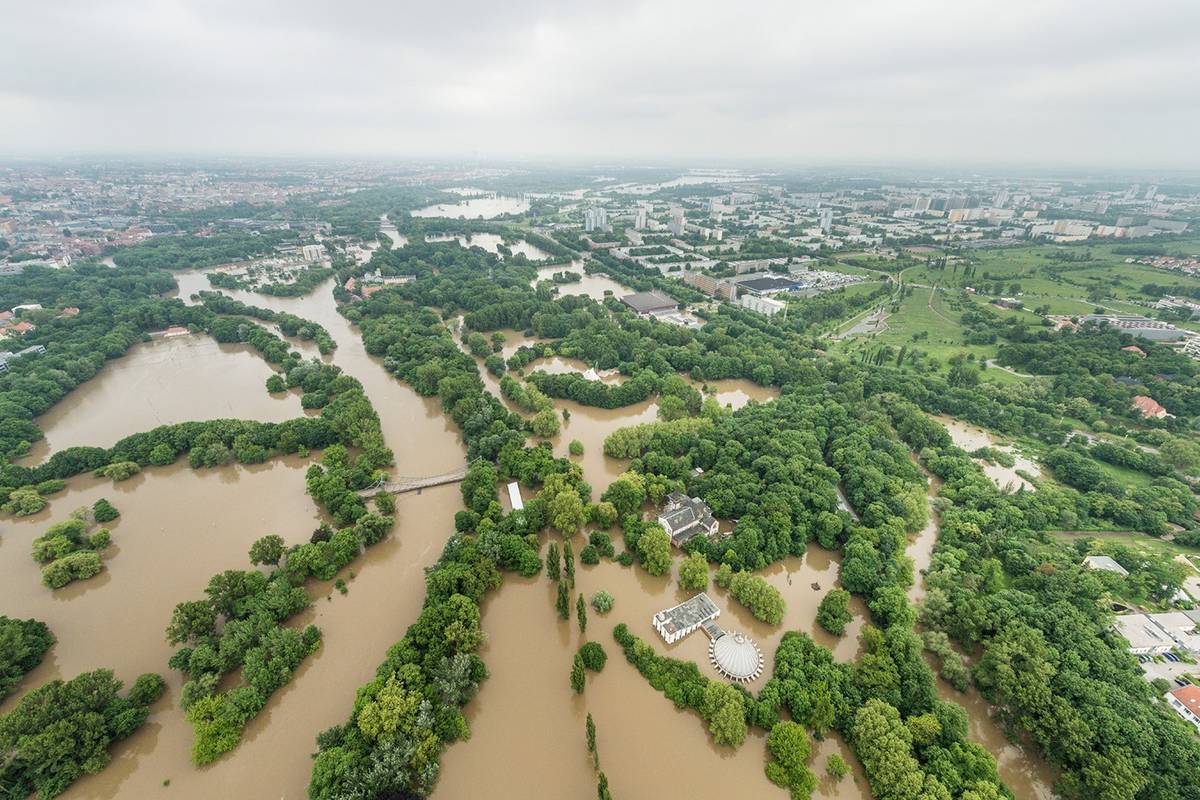
Land under water - what causes extreme flooding
According to UFZ researchers, the more flood driving factors there are, the more extreme a flood is.
read more
There are large accumulations of plastics in the ocean, even outside so-called garbage patch
When plastic ends up in the ocean, it gradually weathers and disintegrates into small particles. If marine animals ingest these particles, their health can be severely affected. Large accumulations of plastic can therefore disrupt the biological...
read more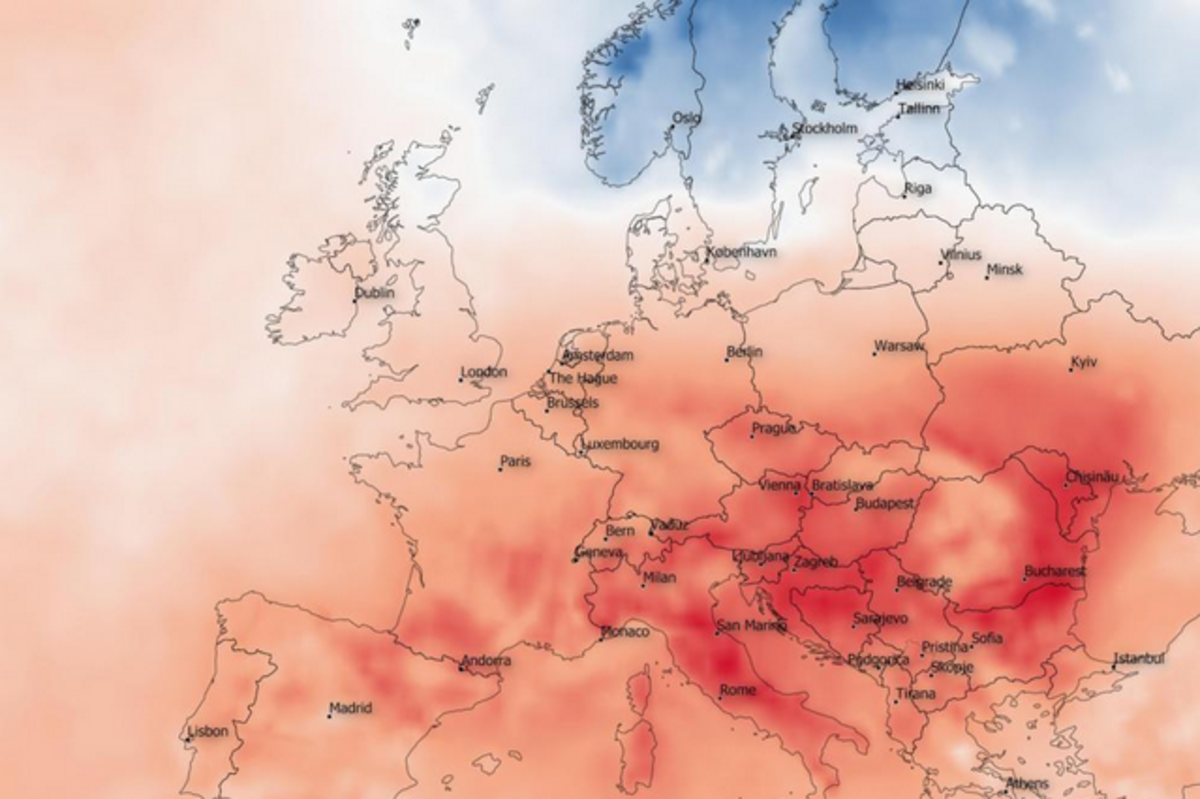
Climate-related financial risks are a major challenge
JRC scientists support the European Environment Agency in mapping out the climate risks that Europe needs to prepare for over the next decade, identifying financial risks as a particular concern.
read more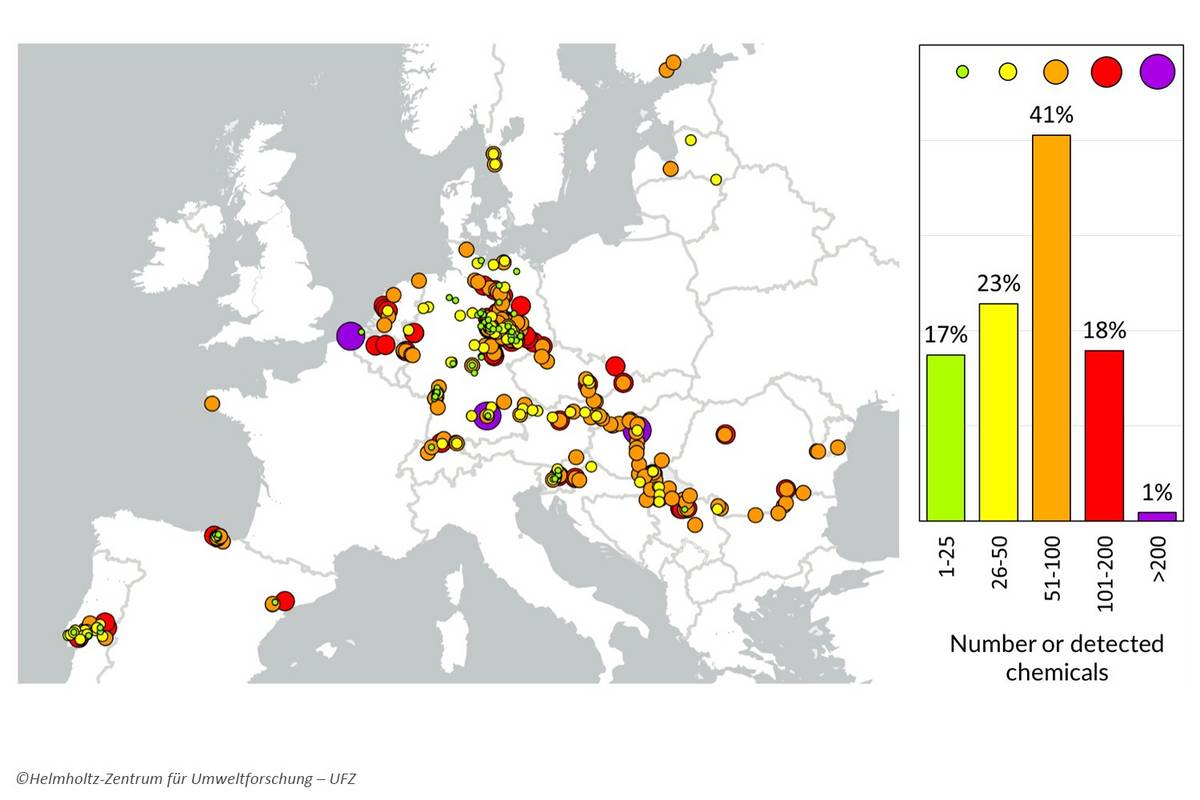
Mapping chemical footprints in European streams
It is well known that if chemicals from domestic sources enter water bodies via sewage treatment plants, agriculture, and industry, this can endanger freshwater ecosystems. In order to find out more about the pollution of European rivers, a research...
read more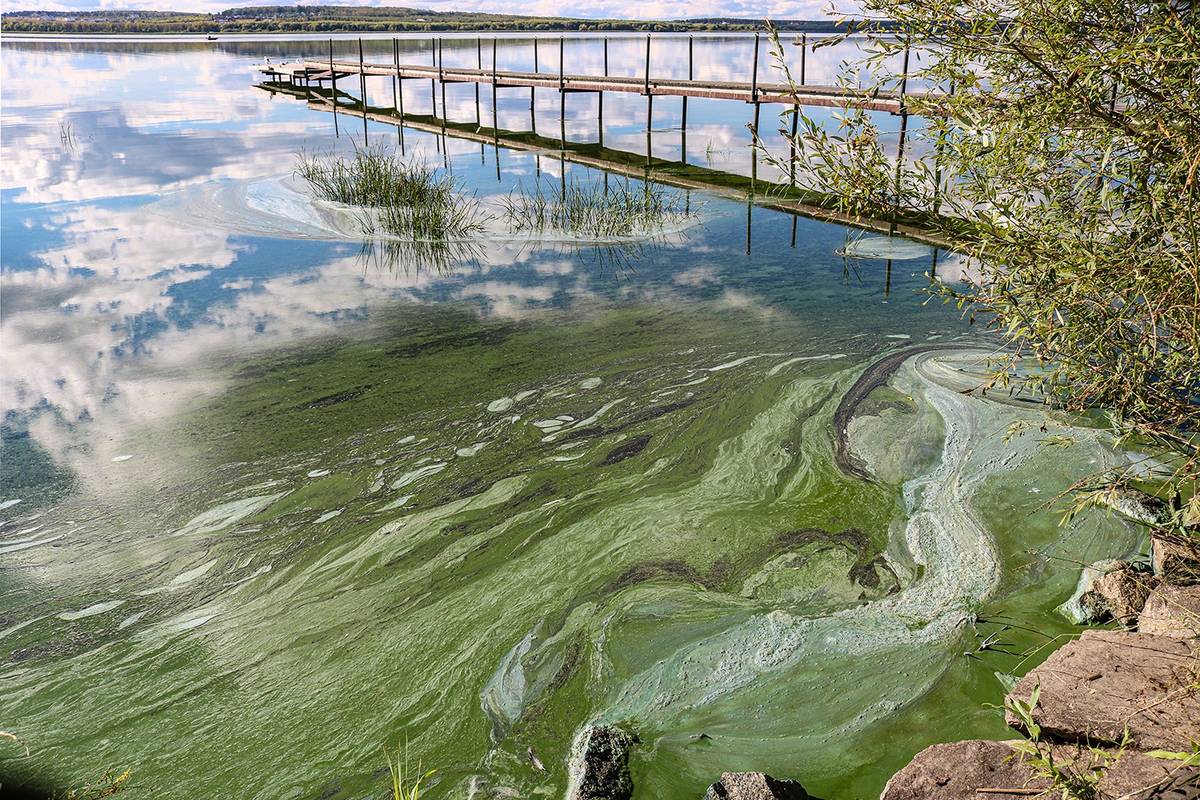
Lake Ecosystems: Nitrogen has been underestimated
Study shows: Algae growth in shallow lakes around the world is affected not only by phosphorus but also by nitrogen
read more
New trade agreements to result in positive cumulative impact on EU agri-food trade balance
Ten upcoming free trade agreements (FTAs) will diversify trade sources, thus improve the resilience of EU food supply chains, according to a new JRC study.
read more